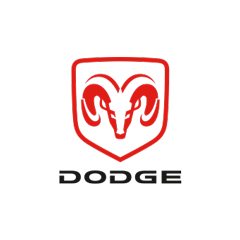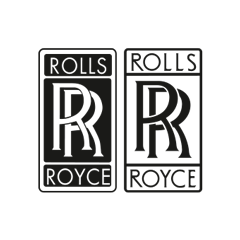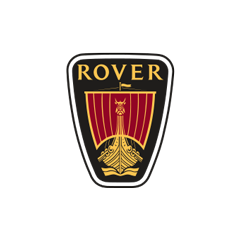The third generation of the Ford Expedition was also known as the “poor’s man Lincoln” since they were identical from the technical point of view.
Ford F-Series was the most sold vehicle globally, and the blue-oval brand tried and succeeded in keeping its pickup range ahead of the market. Based on that success, the American carmaker produced a large SUV good for taking a family to a week-long camping trip with a boat attached to its trailer hitch.
The design team took their inspiration from the F-150 cues. A big, bold, three “hollow-bar” grille and large headlights tried to look intimidating with their size. Ford offered the Expedition in two lengths. The EL (or Expedition Max on other markets) version added 14.8” (375 mm) to the regular version. Since the Expedition was more than just a regular big SUV, Ford offered various exterior upgrades, including side-steps and 20” chrome-clad, five-spoke wheels.
The interior was as versatile as in a large MPV. It was available with up to eight seats in a 2-3-3 configuration. Two captain seats could have been ordered for the second row, and a passage-through for the rear bench. Needles to say, but the cargo area with all the seats folded was cavernous: with all seats up, it offered 18.6 cu-ft (526 liters). With the third row folded, it increased to 55 cu-ft (1557 liters), and with the second and third-row lowered, it reached 108.3 cu-ft (3066 liters).
The Expedition featured a 5.4-liter V8 engine paired to a 6-speed automatic gearbox as standard. It was available with a front- or all-wheel-drive system. Thanks to that configuration, it could pull up to 9000 lbs (4082 kg).

























































